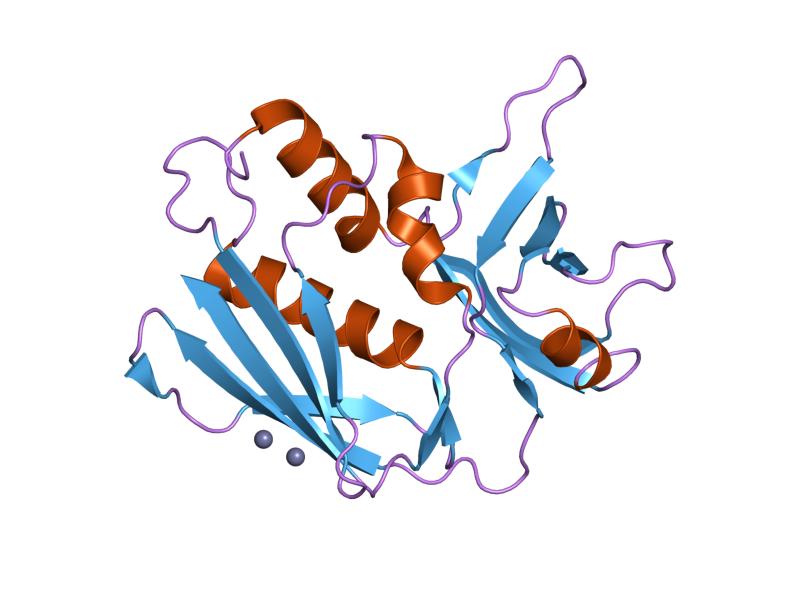Staphylococcus aureus (S. aureus) is an important food-borne pathogen that causes food contamination and food poisoning. It is also a symbiont of human skin and mucous membranes. About 20% to 30% of healthy individuals carry Staphylococcus aureus. Animal foods are susceptible to Staphylococcus aureus, such as milk, cream, cured ham, etc. Food poisoning incidents caused by Staphylococcus aureus have been reported frequently, and more than 95% of them are caused by enterotoxins. The United States and Canada are reported to account for 33% and 45% of food poisoning incidents caused by enterotoxins (SEs), respectively. Epidemiological studies have shown that under more suitable environmental conditions and during the growing period, Staphylococcus aureus can produce many serotypes of enterotoxins, such as Staphylococcus aureus enterotoxin A (SEA), Staphylococcus aureus enterotoxin B(SEB), Staphylococcus aureus enterotoxin C1(SEC1) and Staphylococcus aureus enterotoxin D(SED). These serotypes of enterotoxins have similar in structure and function, the molecular weight is 27.5~30 kDa.
Structural Properties and Hazards of SEB
SEB is mostly found in spoiled milk and meat products in food. Some studies have reported that the content of SEB in the supernatant of Staphylococcus aureus (strain S-6) culture is as high as 0.2 mg/mL, and the LD50 (half lethal dose) of mice is 0.2 mg/mL. The molecular weight of SEB is 28.4 KDa, which contains 239 amino acid fragments. The structure of SEB is mainly composed of 2 regions, of which the 129 amino acid residues in region 1 contain 2 β-sheets and 3 α-helices (α1, α2 and α3). The 2 β-sheets form a cylindrical structure, the inner walls are lined with hydrophilic residues, and form a “cross” with each other. Region 2 is divided into 2 distinct parts, one contains 2 α-helices (α4 and α5) and 2 very short β-strands, and the other has α-helices located between the curved sheet and the β-cylinder. One side of α4 and α5 is exposed to the solvent, and the two domains are connected by a loop structure. Compared with other enterotoxins, SEB has stronger heat resistance, its structure and function do not change significantly after heating at 100 ℃ for 30 min, and it can resist the hydrolysis of intestinal proteases. Therefore, food contaminated with enterotoxins can still cause potential toxic effects even after cooking and human digestion.

Enterotoxin B acts as a superantigen substance that simultaneously forms bridges by cross-linking with major histocompatibility complex (MHC) class II molecules on antigen-presenting cells (APCs) to stimulate T cell, and does not involve antigen recognition. It can generate receptor complexes with MHC II sites on APCs and T cells. It can effectively bypass the treatment of conventional APCs, induce T cells to produce cytokines, and cause the activation and proliferation of T cell subsets. Relevant studies further confirmed that SEB increased the expression of components of the arachidonic acid pathway, leading to inflammation, edema and shock. Current studies have found that ingesting a small amount of SEB in humans will produce other symptoms such as immune disorders, organ damage, and clinical manifestations such as fever, respiratory diseases (cough, dyspnea, and chest pain) and digestive tract diseases. Because SEB has the characteristics of high temperature resistance, acid and alkali resistance, and easy preparation of aerosols, it has been listed as a B-class potential biological warfare agent by the Centers for Disease Control and Prevention (CDC) of the United States, and it is also listed in the United Nations “Prohibition of Biological Weapons”.
